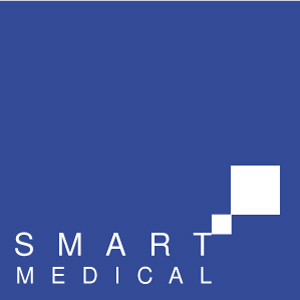In recent years, the field of health monitoring has seen remarkable advancements, and one area that has gained significant attention is autonomic function and heart rate variability (HRV) monitoring. These tools and technologies offer valuable insights into our overall health and well-being. This blog post aims to provide a comprehensive overview of autonomic function, HRV monitors, and software, shedding light on their significance and potential benefits.
UNDERSTANDING AUTONOMIC FUNCTION
The autonomic nervous system (ANS) plays a crucial role in regulating bodily functions and controlling involuntary actions such as heart rate, digestion, and breathing. It consists of two branches: the sympathetic nervous system (SNS), responsible for the “fight or flight” response, and the parasympathetic nervous system (PNS), which promotes relaxation and restoration. Monitoring autonomic function can provide valuable insights into the balance between these two branches, offering a window into our overall physiological state.
HEART RATE VARIABILITY
Heart rate variability (HRV) refers to the variation in the time interval between consecutive heartbeats. It reflects the dynamic interplay between the sympathetic and parasympathetic branches of the ANS. HRV analysis has emerged as a powerful tool for assessing autonomic function. Higher HRV indicates a healthy and flexible autonomic nervous system, while reduced HRV may be associated with various health conditions.
HRV MONITORS
HRV monitors are devices designed to measure and track heart rate variability. They usually come in the form of wearable devices such as smartwatches or chest straps equipped with sensors to capture heart rate data. These monitors use sophisticated algorithms to analyse the intervals between heartbeats, providing a comprehensive picture of autonomic function. Some monitors also offer additional features like sleep tracking, stress detection, and exercise guidance, making them versatile tools for overall health monitoring.
HRV SOFTWARE
HRV software complements the hardware devices by providing in-depth analysis and interpretation of the HRV data. These software applications often include features such as data visualisation, trend analysis, and customisable reports. They allow users to track their HRV over time, identify patterns, and make informed decisions regarding their lifestyle, stress management, and exercise routines. Moreover, some HRV software integrates with other health-related apps and devices, enabling users to correlate HRV data with factors like sleep quality, nutrition, and mental well-being.
BENEFITS AND APPLICATIONS
The adoption of autonomic function and HRV monitors, coupled with advanced software, holds numerous benefits. First and foremost, these tools empower individuals to take an active role in monitoring their health and well-being. By gaining insights into autonomic function, users can make informed decisions about their lifestyle choices and identify potential health issues. Furthermore, HRV monitoring is increasingly used in sports performance optimisation, stress management, and even mental health assessment.
In conclusion, autonomic function and heart rate variability monitoring provide a valuable window into our overall health and well-being. The combination of HRV monitors and software enables individuals to track and analyse their autonomic function, empowering them to make informed decisions and take proactive steps toward maintaining a healthy lifestyle. Embracing these technologies can be a transformative approach to personal health management.

